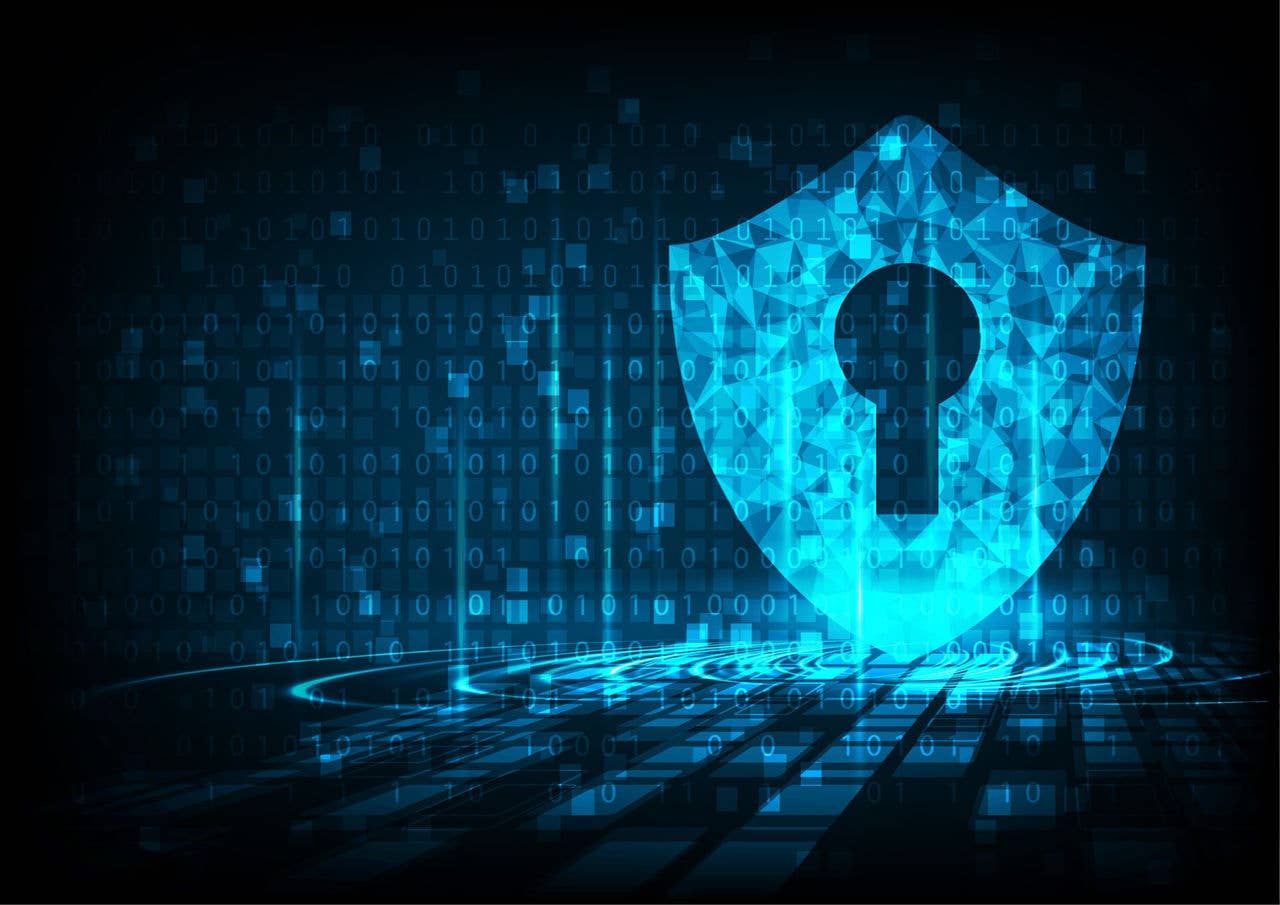Just How Appropriate Data Devastation Adds to Robust Computer Protection Providers and Mitigates Dangers of Information Violations
In today's digital landscape, the relevance of correct data damage can not be overstated, as it offers as a basic component of extensive computer safety solutions. The effects of inadequate data damage prolong past plain conformity; they can profoundly impact a company's cybersecurity posture and track record.
Importance of Data Damage
In today's electronic landscape, the relevance of information destruction can not be overemphasized. As organizations progressively count on electronic possessions, the possible risks related to information breaches and unauthorized accessibility enhance. Efficient data destruction is a critical component of a comprehensive information safety and security strategy, safeguarding sensitive details from coming under the hands of harmful actors.
When data is no more required, just deleting files or formatting hard disks wants. Recurring information can commonly be recuperated using conveniently offered tools, posing significant hazards to both organizations and people. This underscores the need for durable data devastation methods that guarantee all data is irretrievably gotten rid of.
Moreover, regulative conformity requireds, such as GDPR and HIPAA, emphasize the commitment to secure sensitive information, including its appropriate disposal. Non-compliance can lead to extreme economic charges and lawful consequences. data destruction. Thus, incorporating effective information destruction methods not only boosts safety and security yet likewise strengthens a company's credibility and reliability

Techniques of Secure Information Erasure
A number of effective methods of safe and secure data erasure can be used to make sure that delicate info is permanently gotten rid of from storage space devices. One commonly identified method is information overwriting, which entails replacing existing data with arbitrary patterns numerous times. This method dramatically reduces the possibilities of information recuperation, although it may not work versus advanced forensic techniques.

Physical destruction is also a dependable method, where storage devices are rendered unusable through shredding, crushing, or incineration. This method guarantees that data can not be recuperated by any kind of methods but requires careful handling of dangerous products.
Finally, specialized software application tools created for safe and secure information erasure provide functionalities that conform with various erasure requirements. These devices usually consist of attributes like verification processes to verify successful data damage.
Using these techniques in combination can boost information safety and security and mitigate the threats related to data breaches, making certain that delicate information is not inadvertently revealed.
Legal and Compliance Considerations
The methods used for safe data erasure not only offer to safeguard delicate information yet likewise must line up with legal and compliance structures governing information security. Organizations are called for to comply with different regulations, such as the General Data Defense Policy (GDPR), the Medical Insurance Transportability and Accountability Act (HIPAA), and the Repayment Card Sector Data Safety Criterion (PCI DSS) These regulations mandate particular methods for information dealing with and devastation, guaranteeing that individual and delicate data is irretrievably eliminated when no more required.
Failure to conform with these lawful needs can cause significant charges, including penalties and reputational damages. In addition, organizations need to keep documents of information destruction processes, demonstrating compliance during audits or investigations. This paperwork not only secures versus legal consequences however additionally enhances trust fund with stakeholders and customers, showcasing a commitment to data security.
Incorporating legal and conformity considerations right into information devastation techniques is crucial for any kind of company. It decreases the threat of information breaches and illustrates a proactive approach to safeguarding delicate details, inevitably promoting a culture of safety and security and accountability across the company.
Effect On Cybersecurity Pose
Efficient data destruction significantly boosts a company's cybersecurity position by decreasing the potential strike surface area for cyber risks. When sensitive information is not appropriately ruined, it remains available to malicious stars that can manipulate this details for unapproved gain access to, identity theft, or company espionage. By implementing durable information devastation procedures, organizations can effectively minimize the threat of information breaches and boost their general security structure.
Furthermore, the safe and secure disposal address of obsolete or unneeded data not just secures sensitive details but additionally aids organizations abide by market laws and requirements. Failing to sufficiently destroy data can bring about severe lawful effects and reputational damage, additional endangering an organization's cybersecurity position.

Ultimately, prioritizing effective data destruction is important for fostering a robust cybersecurity posture, guaranteeing that organizations remain watchful against evolving cyber hazards while shielding their essential properties and stakeholders.
Ideal Practices for Organizations
Carrying out finest methods for data devastation is critical for companies aiming to protect sensitive details and alleviate cybersecurity dangers. Companies ought to establish a detailed data devastation policy that describes responsibilities and procedures. This policy needs to adhere to appropriate policies, such as GDPR navigate to this website or HIPAA, guaranteeing legal consistency.
Secondly, it is important to utilize approved information sanitization methods, consisting of data cleaning, degaussing, and physical destruction, customized to the type of information and storage medium. Using licensed specialists for data devastation services improves the reliability of these techniques.
In addition, organizations need to maintain a thorough inventory of all data storage space devices, making certain that all outdated or changed content equipment goes through devastation. Regular audits of information destruction methods can aid enhance and identify weaknesses conformity.
Employee training is another essential aspect, as personnel has to understand the value of data damage and follow developed protocols. Companies should document all data destruction activities to supply liability and traceability, which can be invaluable during audits or in the event of a violation.
Verdict
.webp)
One widely identified method is information overwriting, which includes replacing existing information with arbitrary patterns several times.The methods used for safe data erasure not just offer to protect delicate information however additionally should straighten with legal and compliance structures controling data protection. These guidelines mandate details methods for data managing and devastation, making certain that personal and sensitive information is irretrievably gotten rid of when no longer required.
By executing robust information devastation protocols, organizations can successfully decrease the threat of data breaches and improve their general protection structure.
In conclusion, proper data damage is crucial for boosting computer system security services and alleviating the dangers linked with data violations. - data destruction